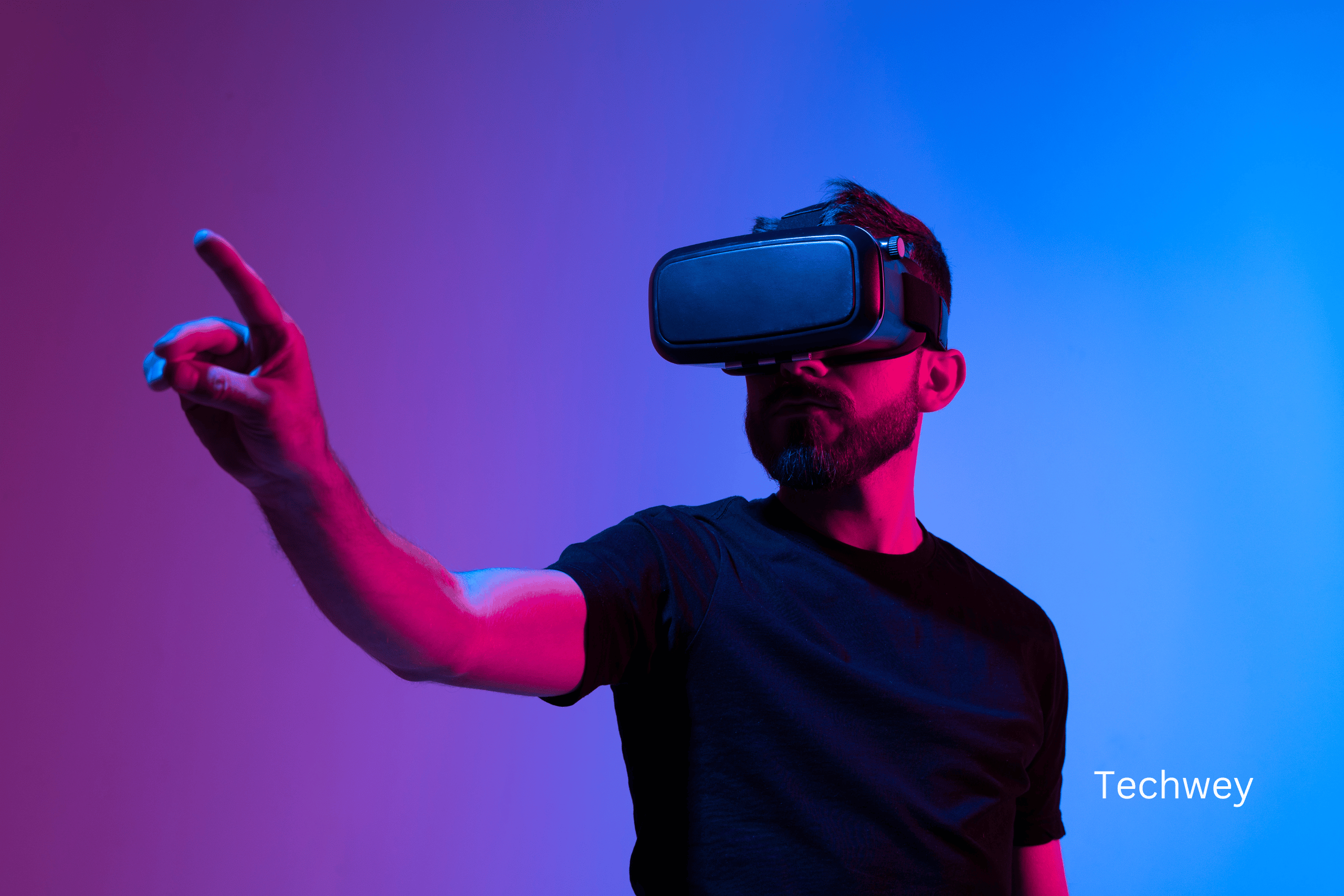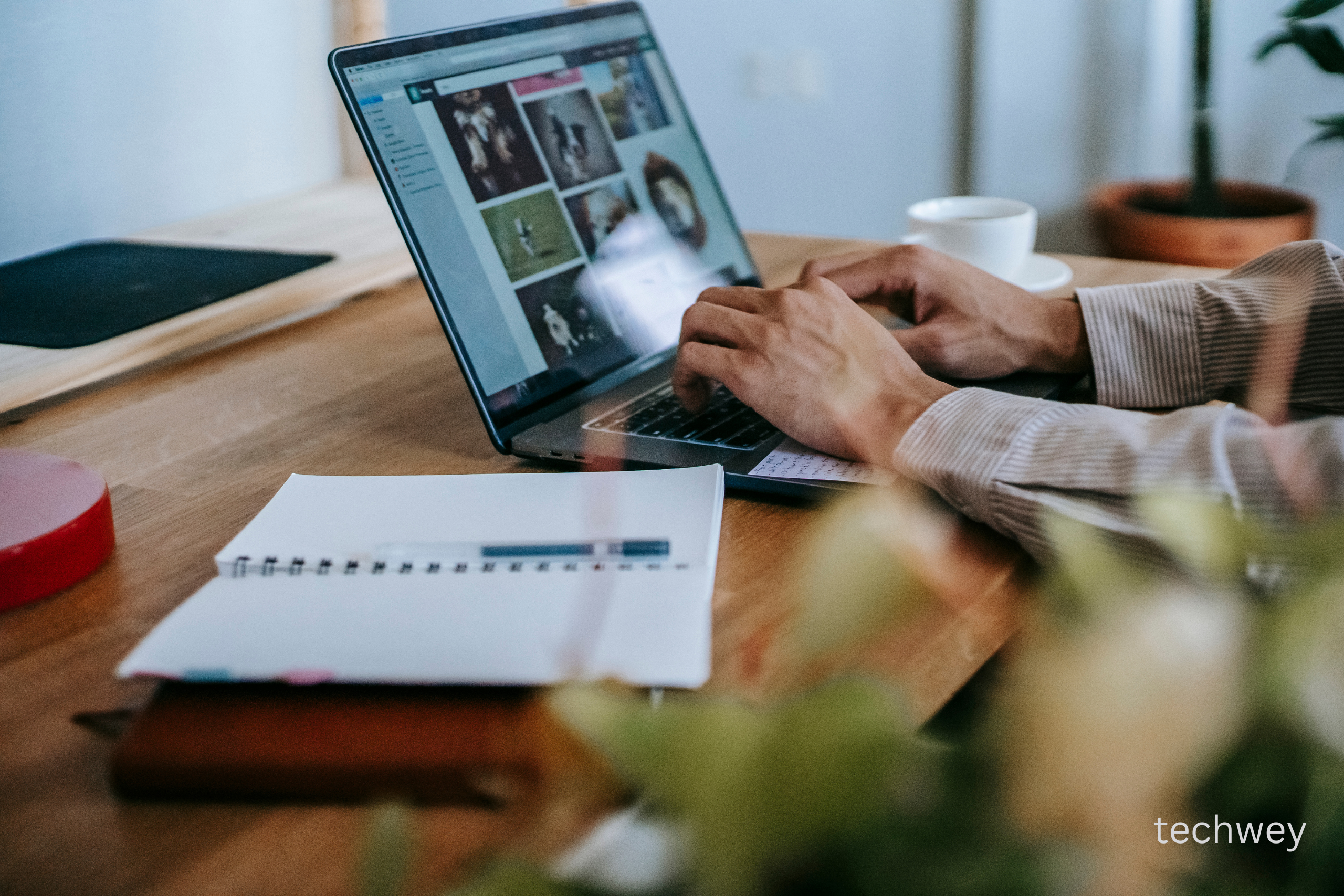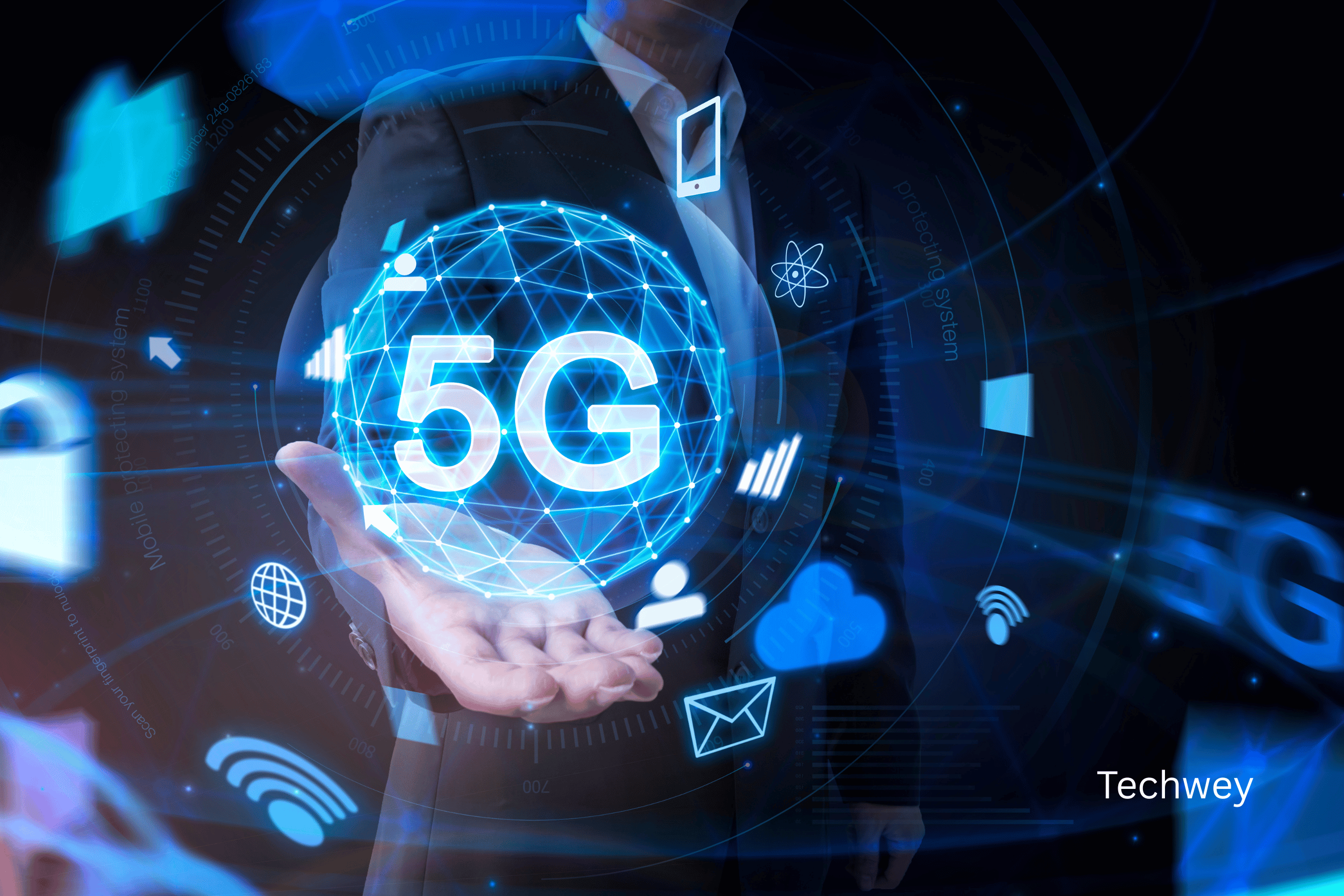
As industries become increasingly reliant on data, digital twins have emerged as a revolutionary tool for predictive analytics and optimization. A digital twin is a virtual replica of a physical object, system, or process, enabling businesses to simulate, analyze, and improve real-world operations.
What Are Digital Twins?
Digital twins use real-time data, IoT sensors, and AI to create a dynamic, digital representation of physical entities. These replicas update continuously, reflecting changes in their real-world counterparts and providing actionable insights for decision-making.
How Digital Twins Work
- Data Collection: IoT sensors embedded in physical assets gather real-time data on performance, usage, and environmental conditions.
- Integration with AI: This data is fed into AI algorithms, which analyze patterns, predict failures, and suggest optimizations.
- Real-Time Simulation: The digital twin mirrors its physical counterpart, enabling simulations to test various scenarios and their outcomes.
Industries Leveraging Digital Twins
- Manufacturing: It optimizes production lines, reduce downtime, and improve product quality. For example, a digital twin of a factory can simulate production schedules to identify bottlenecks and streamline operations.
- Energy: Utilities use it to monitor and optimize renewable energy assets like wind turbines and solar panels, enhancing efficiency and lifespan.
- Real Estate: Architects and engineers create digital twins of buildings to test designs, optimize energy usage, and ensure structural integrity.
- Healthcare: Digital twins of organs or medical devices assist in personalized treatment planning and predictive maintenance of medical equipment.
The Benefits
- Predictive Maintenance: By identifying potential failures before they occur, they help businesses save on repair costs and reduce downtime.
- Enhanced Decision-Making: Businesses can simulate different scenarios, assess risks, and make data-driven decisions with greater confidence.
- Sustainability: Optimizing resource usage through simulations reduces waste and minimizes environmental impact.
The Future
The integration of digital twins with advanced technologies like AR/VR is set to redefine their applications. Imagine engineers using augmented reality glasses to interact with a digital twin of a machine, diagnosing issues and making real-time adjustments. Additionally, the growing adoption of 5G networks will enhance the speed and reliability of digital twin interactions, unlocking new possibilities across industries.
As it continue to evolve, they are poised to transform how businesses design, monitor, and maintain their assets. Their role in predictive analytics ensures they remain a cornerstone of technological innovation for years to come.
Read more Tech related articles here.






Leave a Reply